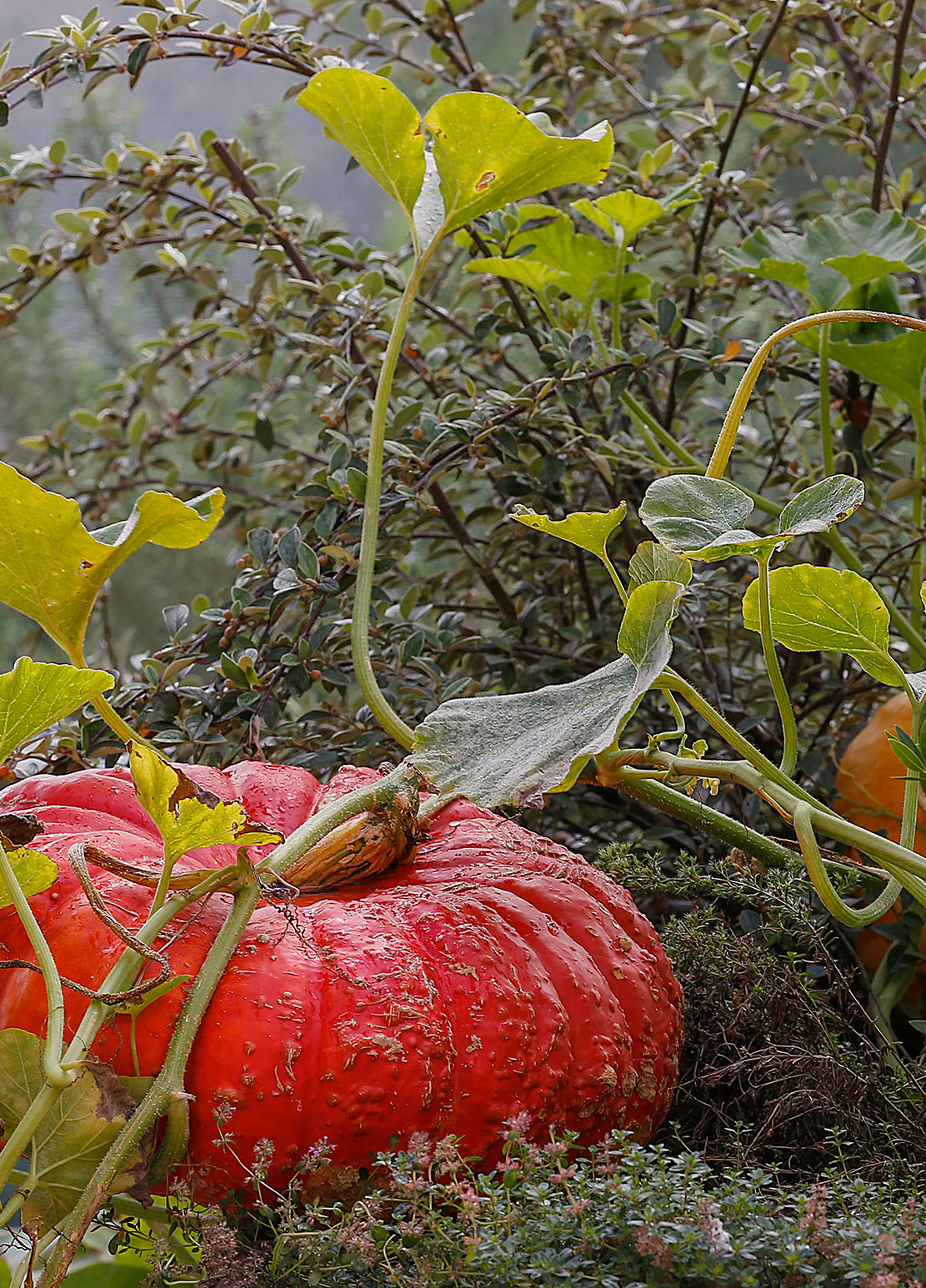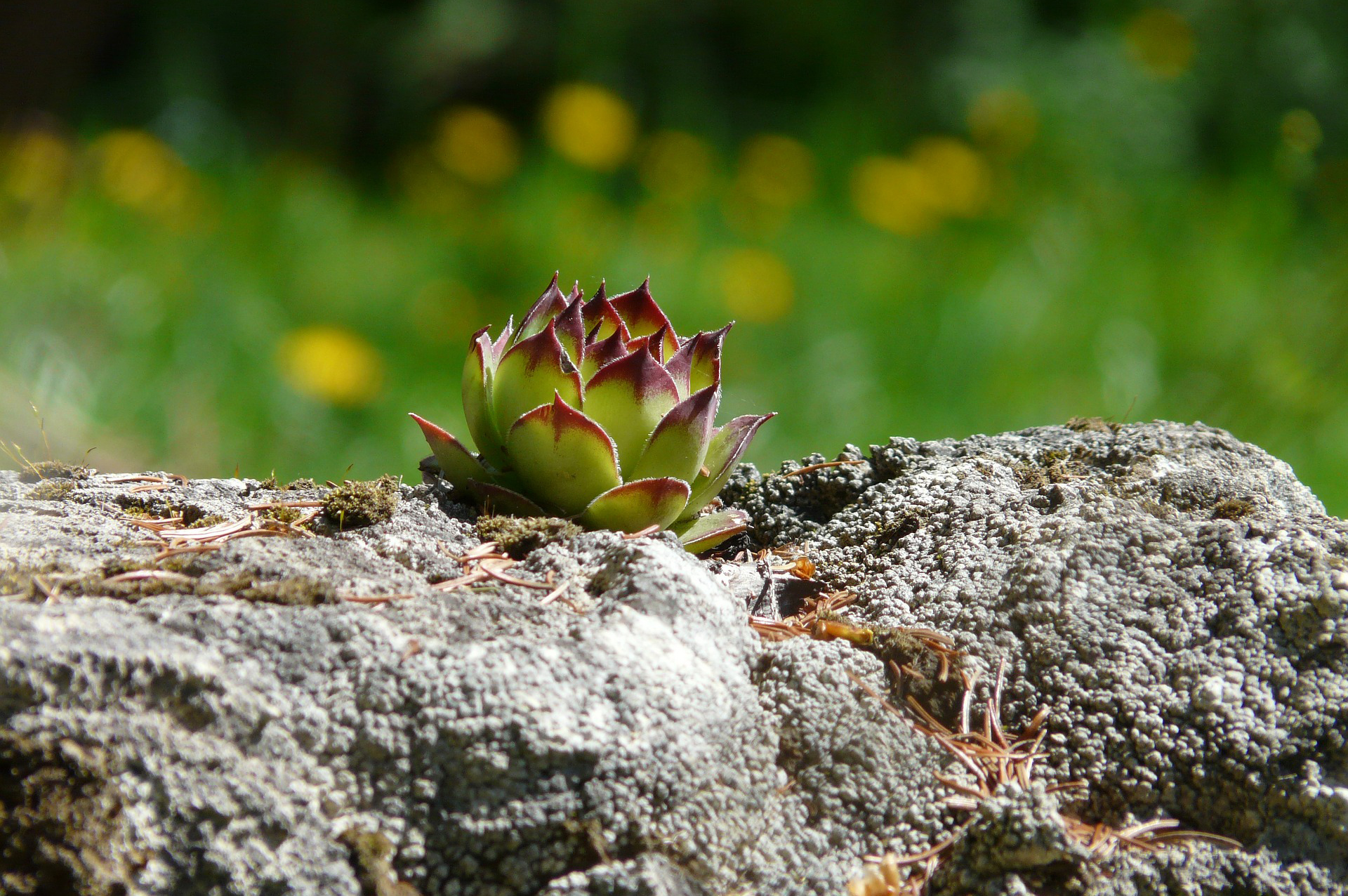THE HISTORY OF HERBAL TEA
Herbal tea is without doubt one of the oldest remedies in the world. Used since ancient times, humankind has long been inspired by nature and the effects of plants on our health.
In the Middle Ages, most medicines were herbal teas or plant extracts. Priests, healers, apothecaries and doctors amassed knowledge that has been passed on to this day.
Nowadays, plants from gardens, fields and forests can still be used to make natural and healthy herbal teas. In summer, you can pick them to compose your own.
PLANTS FOR HERBAL TEA
The leaves and flowers of the summer plants you pick should be dried in an oven at a temperature of 120°C for about one hour, leaving the door ajar.
Sage
Its name comes from the Latin “salvare” which means to save. It was synonymous with health for anyone who cultivated it. It aids digestion. It also has antiseptic effects, but should be avoided while breastfeeding. This herb also helps to balance hormones.
20 to 30 g of dried leaves for one litre of water.
Rosemary
Recommended by Charlemagne, this plant calms nerves and cures melancholy. An antiseptic, it also rejuvenates the body. The Romans used it as a good luck charm and as crowns for brides and grooms.
30 to 40 g of flowering tops for one litre of water.
Thyme
This aromatic herb is full of virtues. Antispasmodic, tonic, antiseptic, healing and deworming, it is perfect for disinfecting and treating sore throats. According to legend, the tears of the beautiful Helen during the Trojan War brought it to life.
20 to 30 g of flowering tops for one litre of water.
Nettle
Abundant where humans settle, in addition to being a very good fertiliser for the soil, it is also an ally of human health. It helps to fight mouth ulcers, stomach aches, diabetes, oedemas and skin problems. This plant is rich in amino acids and proteins.
40 to 60 g of leaves per litre of water.
Lemon balm
This plant is good for one’s stomach and appetite. It is an antispasmodic. Cardinal Richelieu is said to have always kept a vial of Lemon Balm Water with him to treat his headaches.
Mint
Healthy and stimulating, it aids digestion. It is an antispasmodic and has soothing properties. According to Greek mythology, the nymph Minthe was transformed into a mint plant by the jealous wife of Hades.
20 to 30 g of leaves and flowers for one litre of water.
The raspberry tree
We often eat its fruit, but its leaves are very good for us too. They are full of vitamin C, salt and minerals. Raspberry tree has a purifying effect and is recommended during painful menstruation. It is a plant that comes from the mountains of Europe.
40 g of leaves for one litre of water.
ADDING FLAVOUR TO HERBAL TEA
To add fruity flavours to your tea, fresh and dried fruits can be mixed in with the plants. You can use blueberries, strawberries, raspberries, blackcurrants, peaches, etc.
Herbal teas to be enjoyed hot or cold offer little moments of well-being. Make your own combinations to create healthy herbal teas. The plants should be kept away from light and humidity.
Look around your garden and imagine all the herbal teas you can create.
*ps: Why not replace sugar with honey to take even better care of your body, thanks to its anti-inflammatory and antioxidant properties




